#slime molds
Text
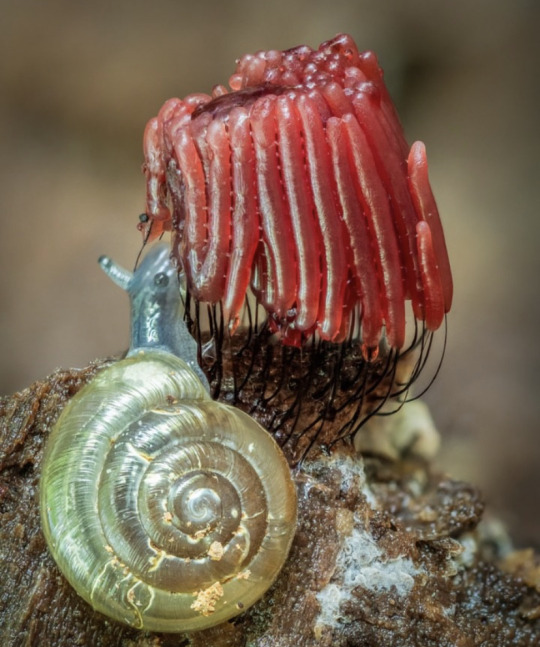
snail eating a Stemonitis slime mold
by Barry Webb
#stemonitis#barry webb#slime mold#myxomycota#snails#molluscs#bugs#slime molds#macro photography#macro world#ecology#biology#nature#microbiology#myxos
3K notes
·
View notes
Text

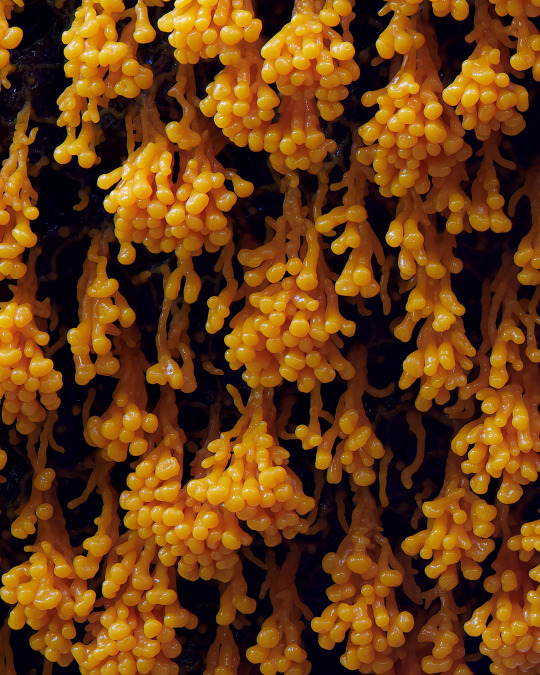
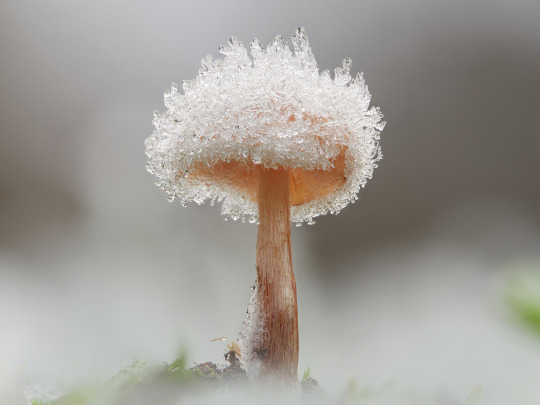
The Astonishing Biodiversity of Fungi Blooms in Max Mudie’s Macro Photographs
5K notes
·
View notes
Quote
Slime molds have things to teach us. That a being can change but at the same time remain itselves—to use Octavia Butler’s phrase. That there is life and beauty in rot, in decay, in decomposition, in the ashes. That a hallmark of life is evanescence and ephemerality. That our limited, Romantic understanding of the world—“ew, slime”—is outdated. That nonhierarchical, nonbinary being is part of the reality of the world.
Lucy Jones, Creatures That Don’t Conform
2K notes
·
View notes
Text


Slime mold
#slime mold#slime molds#fungi#fungus#macro#forest#nature#beauty#photographers on tumblr#artists on tumblr#original photographers#original photography#photography#aesthetic#Washington#pnw#westcoastbestcoast#art#vsco#pacific northwest#explore#travel#cottagecore#naturecore#grandmacore#p
329 notes
·
View notes
Text
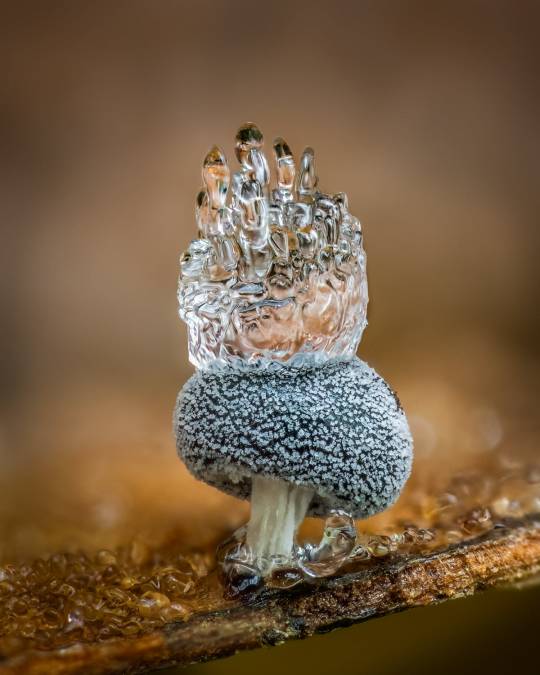
Didymium squamulosum with ice crown.
In Macro Photos, Barry Webb Captures the Fleeting, Otherworldly Characteristics of Slime Molds and Fungi

Metatrichia floriformis and physarum
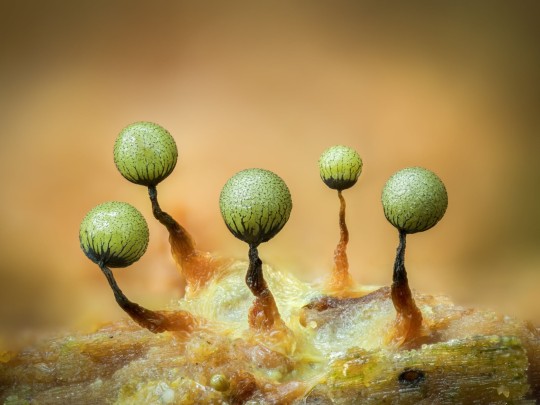
Cribraria

Craterium minutum
#barry webb#photographer#fungus#mushroom#fungi#didymium squamulosum with ice crown#macro photography#slime molds#metatrichia floriformis and physarum#cribraria#craterium minutum
198 notes
·
View notes
Text
I suspect the answer to a lot of life’s mysteries is fungus.
#fungus#mushrooms#avatar#avatar the last airbender#wood wide web#mycelium#hyphae#slime molds#I know they're not a fungus#but still cool#spores
461 notes
·
View notes
Photo
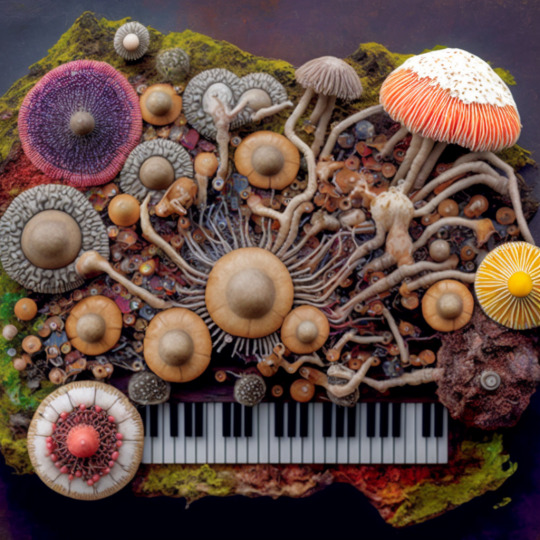

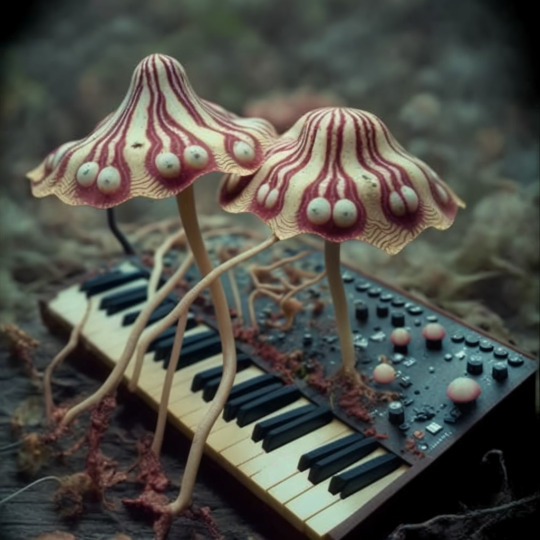
Mycosynthesis
darius greene / ghost owl attic
#mycology#modular synthesis#synth#synths#synthfam#fungi#mycelium#mushroom#mushrooms#shrooms#spores#slime molds#slime mold#electronics#keyboards#music#musical instruments#generative#aiart#growth#electronic music#forest#forest music#nature punk#nature lover#witchy#aesthetic#magic#connections#piano
2K notes
·
View notes
Text


Slime mold growing on the side of a cubby house.
13/01/24 - Lycogala sp.
QLD:WET
84 notes
·
View notes
Photo
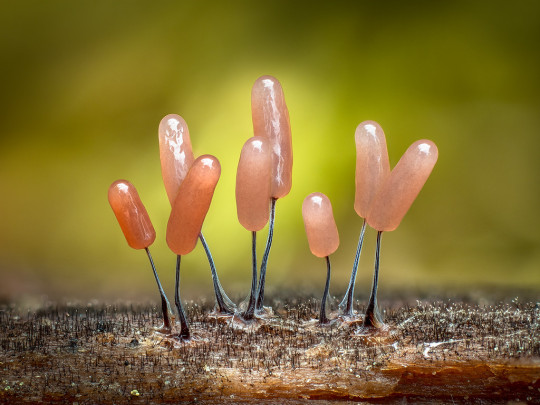

Stemonitopsis species by Barry Webb.
#stemonitopsis#stemonitopsis typhina#slime mould#slime moulds#slime mold#slime molds#forbidden food#forbidden jellybean#forbidden jellybeans#myxomycetes#close-up#photography#nature#barry webb
1K notes
·
View notes
Text
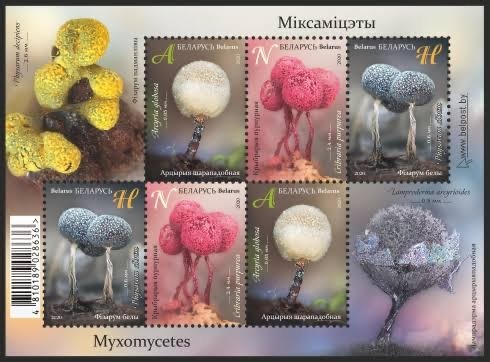
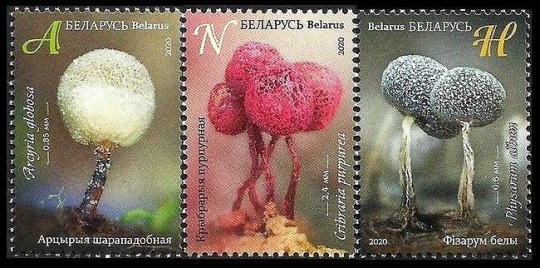

Myxomycetes Stamps, Belarus, 2020.
photos of Arcyria globosa, Cribraria purpurea, Physarum album, Physarum decipiens and Lamproderma arcyrioides by Yevgeniy Moroz.
#sorry i kept fucking this caption up im done now i think 🤦♂️#stamps#myxomycota#slime mold#slime molds#myxomycetes#arcyria globosa#cribraria purpurea#physarum album#physarum decipiens#lamproderma arcyrioides#nature photography#belarus
199 notes
·
View notes
Text
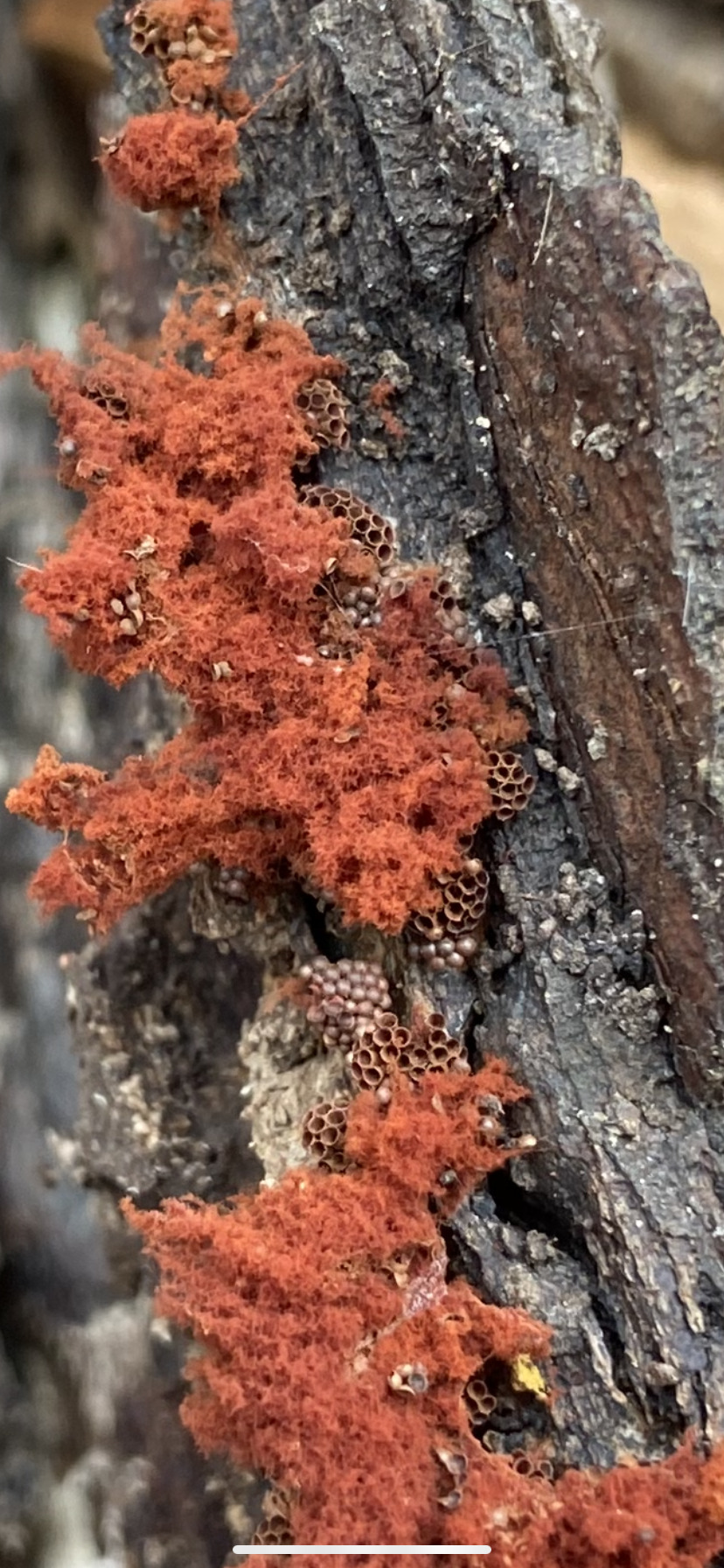

Wasp’s Nest Slime mold
Edit: maybe carnival candy?
82 notes
·
View notes
Link
Slime mold is a common name which is an attempt to describe organisms that defy simple categorization. For a while, it was thought they were fungi, so they were once classed as such (hence, myceto-, meaning fungus). But they are not fungi at all, and they live much of their lives like an animal.
Yes, that’s right: like an animal. Myxomycetes have two main life stages but four in total. First, they exist as amoebae and dwell in high numbers in soil. Then they become a free-moving, hunting, foraging, predating, exploring organism in the plasmodial stage. We know more about this stage because scientists and artists have been able to observe the behavior in laboratory settings, showing that plasmodium can solve various complex problems, such as finding an optimal way home through mazes, or, famously, mapping the car and rail networks of Tokyo more efficiently than humans are able to. We have already learned a lot from slime molds: for example, astronomers have only been able to map the mysterious dark matter that holds the cosmos together with algorithms inspired by plasmodium.
In this creeping stage, slime mold plasmodium is often bright yellow, though it can be orange, red, or hyaline. It can spread for a few inches, or several square meters. Plasmodium feeds on bacteria, fungal hyphae, fruiting bodies, spores, algae, and lichens. Then a radical change occurs and it morphs into fruiting bodies, many of which are brightly colored and distinctive. The fruiting bodies tend to be between one and four millimeters high, visible to the naked eye but much more visible with a hand lens or loupe, I read. Then the slime mold sporulates. Spores carry forth on wind; air currents; in the bodies of others; and in water. The cycle continues.
Describing slime mold in 1868, biologist Thomas Huxley asked: “Is this a plant, or is it an animal? Is it both or is it neither?” Today, we still don’t really know. Myxomycetes are currently placed in the kingdom Protista: Enigmatic creatures that can’t be placed easily in boxes. Creatures that don’t conform. Creatures that defy our understandings of the world. Creatures that spill ooze through constructed human boundaries. Creatures that are at once individual and then collective.
2K notes
·
View notes
Text
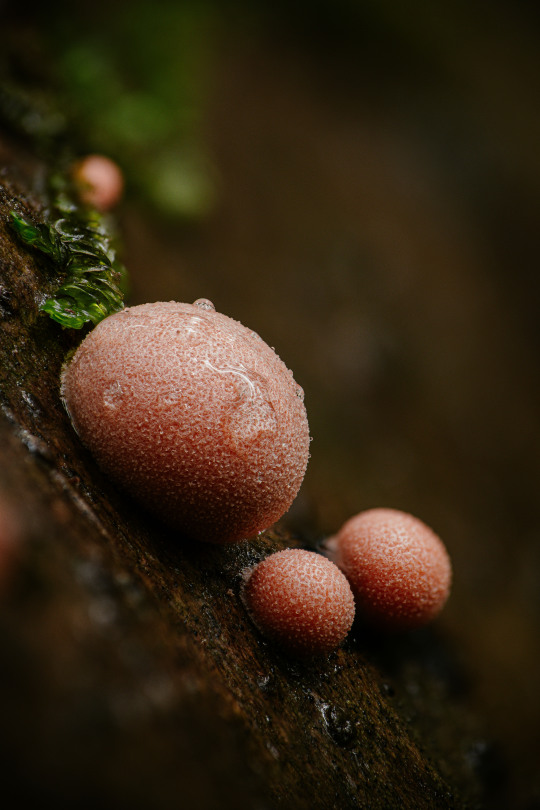
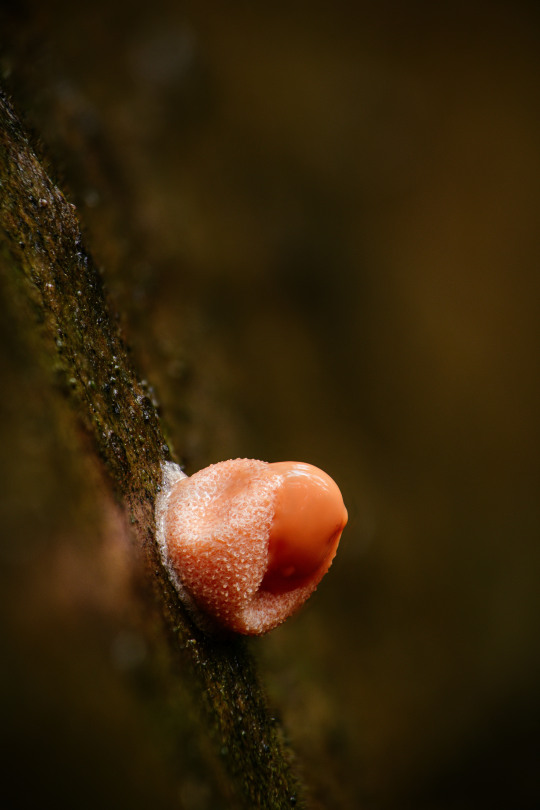
Wolf's milk
#slime mold#slime molds#fungi#fungus#macro#forest#nature#beauty#photographers on tumblr#artists on tumblr#original photographers#original photography#photography#aesthetic#Washington#pnw#westcoastbestcoast#art#vsco#pacific northwest#explore#travel#cottagecore#naturecore#grandmacore#p#fave
224 notes
·
View notes
Photo
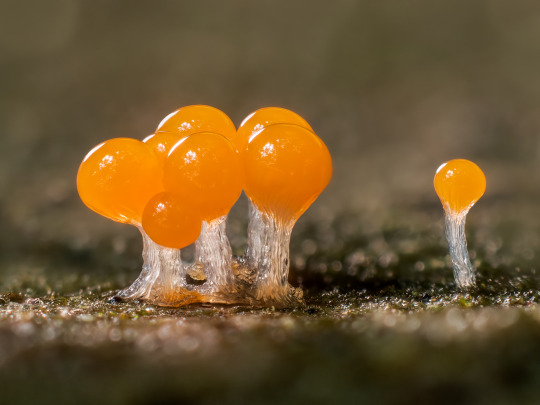
Trichia decipiens
Macro Photos by Barry Webb Highlight the Spectacular Diversity of Slime Molds
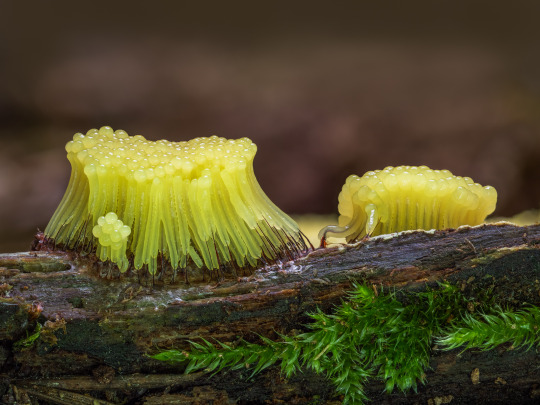
Stemonitis flavogenita

Lamproderma scintillans

Blue Cribraria
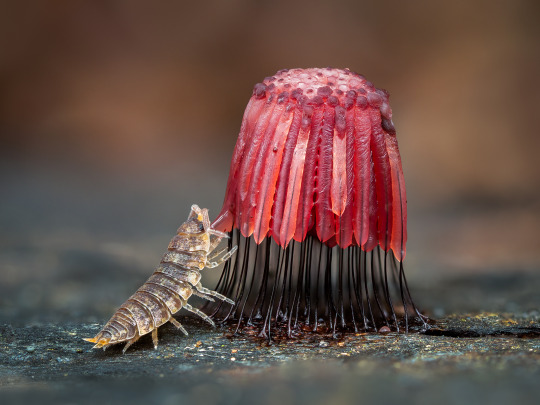
Woodlouse and Stemonitis
#barry webb#photographer#slime molds#molds#trichia decipiens#macro photography#fungi#fungus#nature#stemonitis flavogenita#lamproderma scintillans#blue cribraria#woodlouse#stemonitis
683 notes
·
View notes
Text
me when i unleash sand and dust and particles upon the world
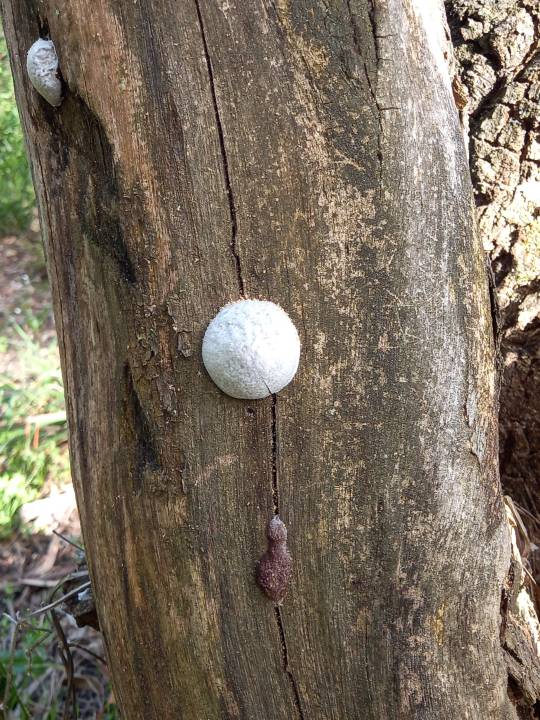

this boiled egg growing out of a dead tree is a slime mold called a false puffball (Reticularia lycoperdon). i don't get to see slime molds often at all so i was pretty happy about it. the video was taken a couple of days later, after it started cracking and releasing spores, and it ended with my thumb covered in shit, so i can't say i recommend the experience
32 notes
·
View notes
Text

Getting into concept art for my comic idea, starting with flora found in the underground area I have planned c: Starting out with flora/fauna concepting as it is easy and helps me feel a tone of a place.
For the underground area, the flora is lichen, slime mold, and fungal base more, with colors to give contrast to the expanses above ground. A more diverse look, showing how full of life the homeland of the main characters is, even if that life is smaller. How each mold, each lichen, and each fungi has been repurposed for functional purposes, given how scarce resources are, everything finds purpose c:
Had a fun time designing this set, next set with these is putting them into practice with landscape concept art/building concepts!
#My art#concept art#flora concept art#fantasy art#art#lichens#slime molds#fungi#fantasy flora#reblog my dorky foliage!
84 notes
·
View notes